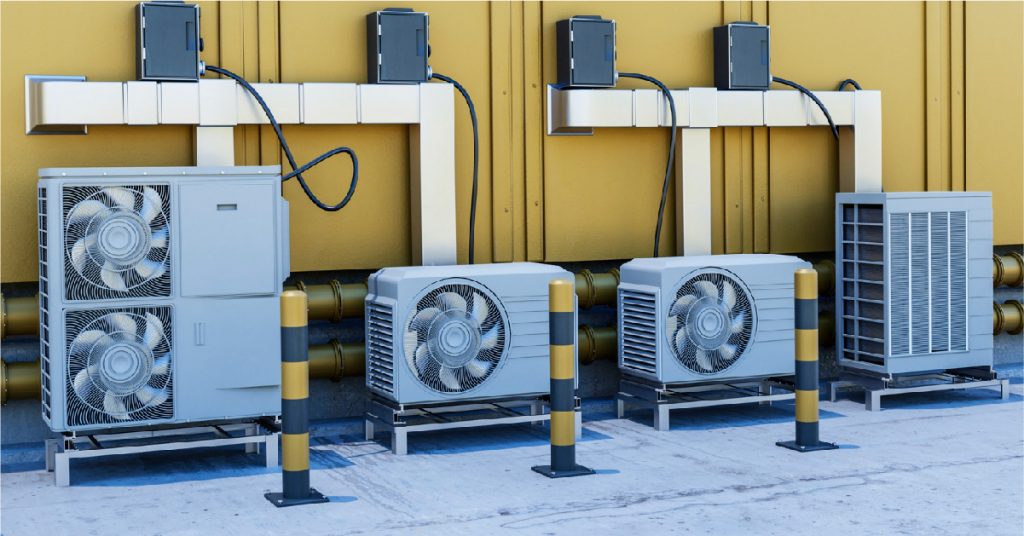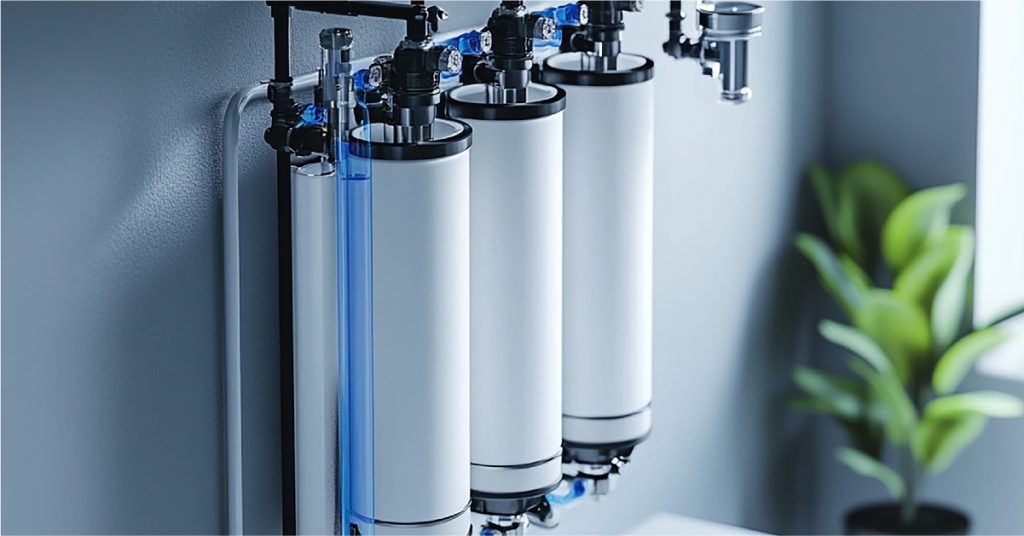Water pollution is a growing concern in Thailand, a nation known for its rich biodiversity and extensive water resources. The increasing levels of contaminants in water sources pose serious threats to public health and the environment. This blog explores the health risks of water pollution, particularly focusing on diseases caused by water pollution, including skin diseases and other ailments.
Thailand’s reliance on rivers, lakes, and groundwater for drinking, agriculture, and industry makes it especially vulnerable to the impacts of polluted water. Understanding what are the diseases caused by water pollution and their prevention is crucial to ensuring the well-being of the population and maintaining a sustainable environment.
What Are the Diseases Caused by Water Pollution?
Water pollution results from the contamination of water bodies by harmful substances such as chemicals, microorganisms, and waste materials. These pollutants create ideal conditions for the spread of diseases caused by water pollution. In Thailand, the most common waterborne diseases are caused by bacteria, viruses, and parasites.
- Cholera: A severe diarrheal disease caused by the bacterium Vibrio cholerae, often linked to drinking water contaminated with human feces.
- Typhoid Fever: Caused by Salmonella bacteria, this disease spreads through contaminated water and poor sanitation.
- Hepatitis A: A viral infection that affects the liver, often caused by consuming water contaminated with fecal matter.
- Dysentery: This involves severe diarrhea with blood, caused by bacteria or amoebas found in polluted water.
- Leptospirosis: A bacterial disease transmitted through water contaminated with animal urine.
These are just 5 diseases caused by water pollution, but the actual list is far more extensive and includes conditions affecting various organs and systems in the body.
Skin Diseases Caused by Water Pollution
Water pollution also contributes to a range of skin conditions. Direct contact with contaminated water during bathing, swimming, or cleaning can lead to irritation and infections. The following are some common skin diseases caused by water pollution:
- Dermatitis: Exposure to polluted water containing chemical irritants can cause rashes and inflammation.
- Fungal Infections: Stagnant and polluted water fosters fungal growth, leading to skin infections like athlete’s foot and ringworm.
- Eczema: Polluted water, especially containing heavy metals like mercury or lead, can aggravate eczema in sensitive individuals.
- Allergic Reactions: Chemicals and toxins in water can trigger allergic reactions, resulting in redness, itching, and swelling.
Causes of Water Pollution in Thailand
To address diseases caused by water pollution, it is important to understand the root causes of contamination in Thailand.
- Industrial Waste: Factories discharge untreated chemical waste into rivers and lakes, introducing harmful toxins into water bodies.
- Agricultural Runoff: Pesticides, herbicides, and fertilizers used in agriculture leach into water sources, contaminating them.
- Urbanization: Rapid urban growth leads to increased sewage and wastewater that is often inadequately treated.
- Plastic Pollution: Plastic waste in water bodies breaks down into microplastics, which are harmful to aquatic life and human health.
- Climate Change: Rising temperatures and irregular rainfall patterns exacerbate water pollution by reducing water flow and increasing pollutant concentrations.
Addressing the Problem: Solutions for Cleaner Water
Thailand has taken steps to address water pollution, but more efforts are required to safeguard public health. Key measures include:
- Improving Waste Management: Proper treatment of industrial, agricultural, and municipal waste before discharge into water bodies.
- Strengthening Regulations: Enforcing stricter laws to control pollutant levels in wastewater.
- Public Awareness Campaigns: Educating communities about what are the diseases caused by water pollution and how to prevent them.
- Promoting Water Treatment Solutions: Encouraging the adoption of advanced filtration and purification technologies to ensure clean water access.
How Ion Exchange is Tackling Water Pollution Challenges in Thailand?
Ion Exchange, a leader in water treatment solutions, has been instrumental in combating water pollution in Thailand. By providing advanced water treatment technologies and systems, Ion Exchange helps to improve water quality and reduce the prevalence of diseases caused by water pollution. Their solutions include innovative water purification systems that remove contaminants from drinking water, making it safe for consumption.
INDION Lampak, developed by Ion Exchange, is a compact, modular unit designed to meet the drinking water needs of communities and industrial applications. It integrates a pump, static mixer, flocculator, lamella clarifier, gravity sand filter, and chemical dosing systems to produce disinfected water with less than 5 mg/l TSS from feed water containing up to 500 mg/l TSS. INDION Lampak is easy to operate, requires minimal maintenance, and can be powered by a diesel generator or renewable energy, making it ideal for areas without electricity. Its lightweight, corrosion-resistant materials and space-efficient design ensure easy transport, operation, and maintenance.
It effectively removes dissolved iron from feed water, which is commonly present as ferrous bicarbonate in groundwater. This advanced filter uses a catalytic oxidation process, eliminating the need for chemicals and ensuring that the treated water contains less than 0.3 ppm of iron. Designed for convenience, the NGIRF features a corrosion-resistant construction with a Fiber Reinforced Plastic (FRP) pressure vessel and PVC pipes. It is pre-assembled, tested, and equipped with user-friendly valves, making it a reliable and easy-to-operate solution for treating water with high iron content.
-
INDION Water Potability Test Kit
The INDION Water Potability Test Kit is a comprehensive tool designed to measure the eight crucial chemical parameters of drinking water as specified by the Bureau of Indian Standards. This user-friendly kit provides accurate and quick results for pH, total hardness, alkalinity, chloride, fluoride, chlorine, iron, and nitrate. Ideal for use by semi-skilled individuals, it offers an affordable solution for ensuring safe drinking water.
-
INDION Packaged Sewage Treatment Plants
Decentralized sewage treatment solutions, like the INDION, Packaged Sewage Treatment Plants, are designed as compact, single-tank units that generate low sludge volumes and require minimal electricity, making them highly cost-effective. These systems are available in capacities ranging from 10 to 100 m³/d, and for larger needs, advanced options using Fluidized Media Reactor (FMR), Moving Bed Biofilm Reactor (MBBR), and Membrane Bio-Reactor (MBR) processes are offered to handle higher flow rates efficiently.
Conclusion
Water pollution in Thailand poses significant health risks, including various waterborne diseases and skin conditions. Understanding the causes and impacts of polluted water, as well as what are the diseases caused by water pollution, is vital for individuals and communities to take action. Whether it’s combating 5 diseases caused by water pollution or addressing broader environmental concerns, solutions must involve both individual efforts and systemic changes.





